ASUS Z97-DELUXE (NFC & WLC) Review: With Two Thunderbolt 2 Too
by Ian Cutress on May 16, 2014 11:00 AM EST- Posted in
- Motherboards
- Intel
- Asus
- NFC
- 802.11ac
- Thunderbolt 2
- Z97
- Wireless Charging
ASUS Z97-DELUXE(NFC & WLC) In The Box
The $400 price tag puts the Deluxe in the firing line. Users spending this much want as much as they can get. We have already mentioned that the ‘Z97-Deluxe (NFC & WLC)’ comes with Thunderbolt 2, a Near Field Communications hub and a Wireless Charging pad, which forms part of the package. These certainly push the cost a big higher, but the rest of the additions are similarly plentiful.
In the Z97-Deluxe box we have:
- Rear IO Shield
- Motherboard Guide
- NFC and Wireless Charger Guide
- ThunderboltEX II/Dual Manual
- Driver Disk
- NFC/WLC Driver Disk
- 2T2R WiFi Antenna
- Rigid SLI Cable
- Six SATA Cables
- NFC Express 2
- Wireless Charger (Qi Supported)
- NFC Tag
- ThunderboltEX II/Dual PCIe card
- DP to DP cable
- USB 3.0 Cable for NFC Express 2
- Micro-USB to USB for Wireless Charger
- Mains to USB Adapter
- 9-pin to 5-pin cable
- GPIO Cable
- MiniDP to DP Cable
At this point I struggle to recall any motherboard box with more equipment in terms of actual number. Back with the Rampage IV Black Edition we had more of an engineering feat with the ROG OC Panel, but the Deluxe wins for cables, chargers, add-in cards, more cables, and utilities.
The NFC and Wireless Charging tool are designed to be of a similar shape and although it looks like they lock in together, they do not, which is actually a shame (would make it easier to move about). The WLC is Qi compatible, and connects to any USB outlet, hence the inclusion of a mains to USB adapter in the box. The NFC Express 2 pad connects to the PC via USB 3.0, and provides two extra USB 3.0 ports from a hub.
When the NFC device is first plugged into the PC, it requires a couple of drivers provided on the disk, especially for the hub.
The Thunderbolt 2 card comes with a GPIO cable and an appropriate adapter to allow it to connect to the motherboard:
Because TB2 allows both video streams via DP and also data over PCIe, ASUS includes several cables for the rear.
According to the manual these have to be used in conjunction with the motherboard IO ports, such that each of the DisplayPorts are connected:
It does not say if it works with a fully discrete GPU, or if it has to be on the integrated graphics. However, according to the manual, there are several different layouts possible via the daisy chaining rule, as long as the DisplayPort monitors are at the end of the chain:
ASUS Z97-DELUXE Overclocking
Overclocking options on non-ROG motherboards have a big boost due to the BIOS options, helping users with automatic overclocks by letting them choose their cooling for a set of pre-arranged values. This is a step up from the ‘Fast’ or ‘Extreme’ options we used to have, but it also complements the 5-Way Optimisation overclocking method in the software.
In terms of the overclocking performance, our average/lackluster CPU sample managed 4.6 GHz on the Z97 Deluxe before succumbing to peak temperature issues. The 5WO automated overclocking was very aggressive, and due to the Adaptive voltage mode used caused OCCT to apply a lot of voltage during our test, causing a peak temperature of 97ºC. Users should update the DIP5 portion of AI Suite to the latest in order to show the overclock – our software version on the disk may have been a bit BETA where overclocks would not be applied but the latest version from the website works fine.
Experience with ASUS Z97-DELUXE
Methodology:
Our standard overclocking methodology is as follows. We select the automatic overclock options and test for stability with PovRay and OCCT to simulate high-end workloads. These stability tests aim to catch any immediate causes for memory or CPU errors.
For manual overclocks, based on the information gathered from previous testing, starts off at a nominal voltage and CPU multiplier, and the multiplier is increased until the stability tests are failed. The CPU voltage is increased gradually until the stability tests are passed, and the process repeated until the motherboard reduces the multiplier automatically (due to safety protocol) or the CPU temperature reaches a stupidly high level (100ºC+). Our test bed is not in a case, which should push overclocks higher with fresher (cooler) air.
Overclock Results:



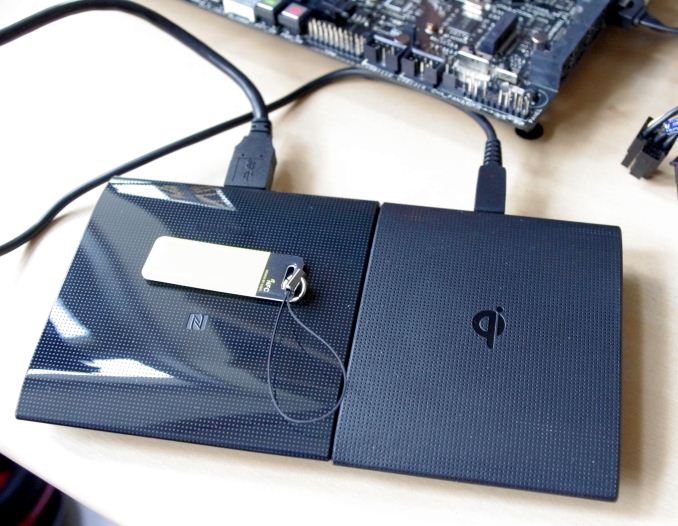

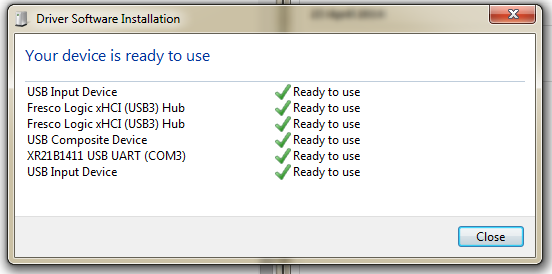
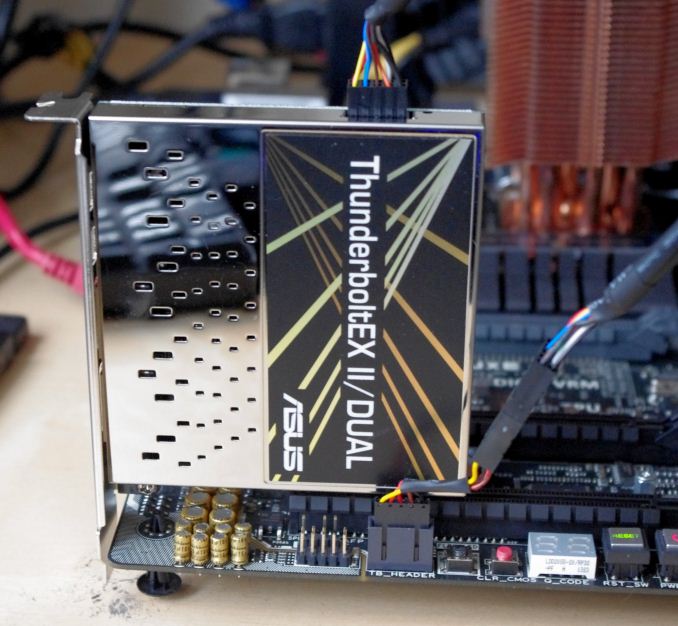
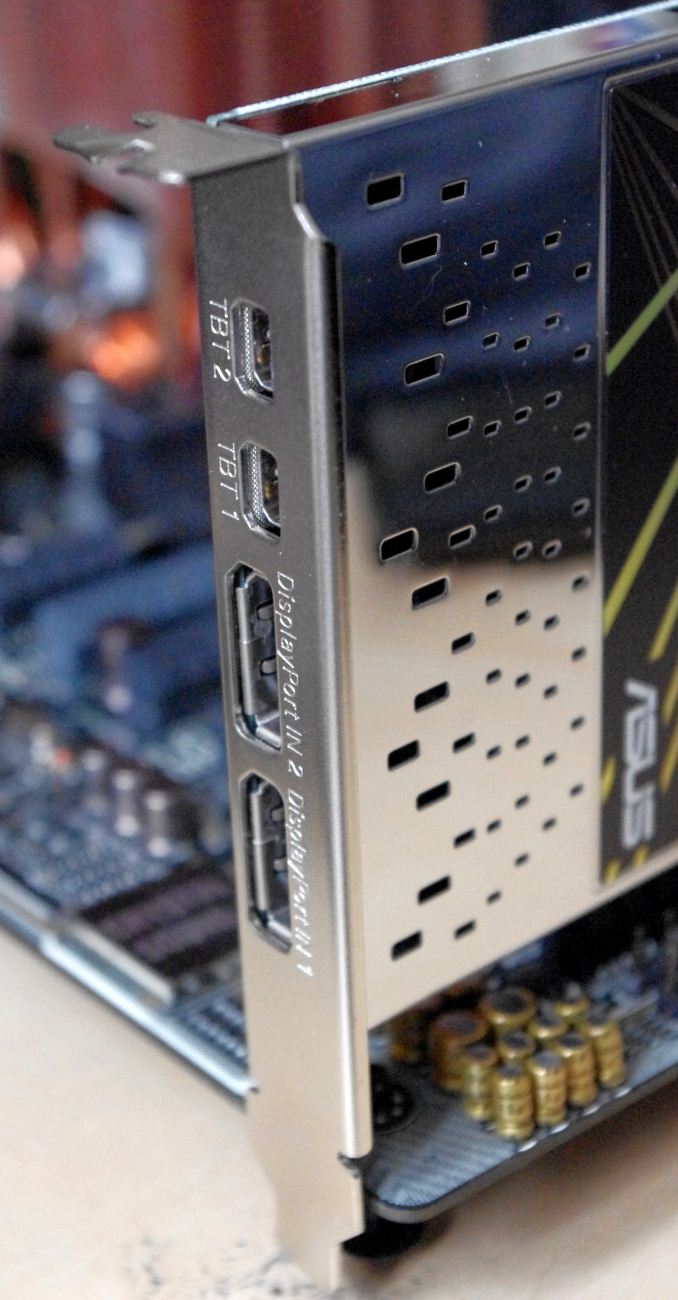
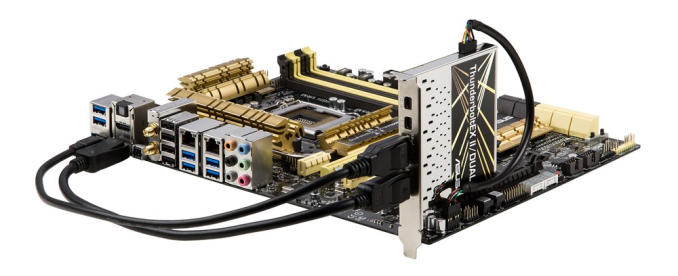
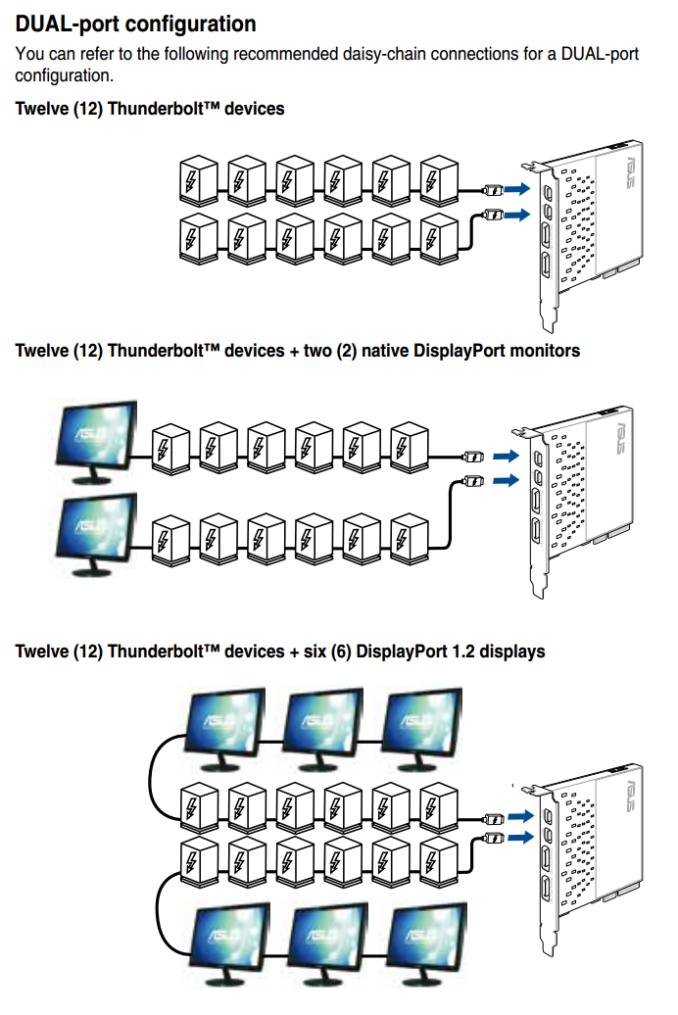
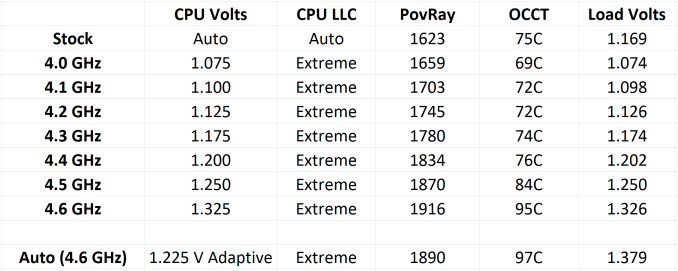








45 Comments
View All Comments
Eidigean - Friday, May 16, 2014 - link
First off, This is a great review Ian. The in-depth details of shared PCIe lane distribution between the x4 slot, x2 M.2, and x2 SATAe helped me make a decision...I'm looking for Thunderbolt 2 and two x4 M.2 SSDs. The only board that seems like it will fit the bill is the GIGABYTE GA-Z97X-UD7 TH. Reason being, it's the only board that provides x8/x4/x4 from the CPU while also providing x4 from the Z97 for the Thunderbolt controller. This will allow for a GPU and two Samsung XP941 M.2 SSDs in a RAID 0.
An alternative I'm kicking around is the Asus Z79-WS with its PLX switch; allowing x16 for the GPU, two x4 M.2 SSDs in two x8 slots, and the ASUS Thunderbolt 2 controller in the x4 slot from the Z79.
Ian, could you get your hands on the two Samsung XP941 sticks that Kristian was testing?
Eidigean - Friday, May 16, 2014 - link
The ASUS Z97 lineup would be better if ASUS put a x4 slot in place of the middle or bottom x1 slot and shared 4 lanes from the x8 slot when needed, allowing for x8/x4/x4 in addition to x8/x8. Intel allows for it, and only one vendor (GIGABYTE) is doing it.Eidigean - Friday, May 16, 2014 - link
There's actually another vendor that *almost* meets my requirements, the ASRock Z97 Extreme6. From their user manual:* If M2_1 slot is occupied, PCIE2 slot will run at x8 mode, and PCIE4 slot will run at x4 mode.
That would allow me to run one XP941 stick in the motherboard's M.2 socket, and the other in the PCIE4 slot. The missing feature is Thunderbolt 2; which is only offered by ASUS and GIGABYTE.
Ian Cutress - Friday, May 16, 2014 - link
Hi Eidigean,I have the Z97 Extreme6 in for testing, should have a review (with a single XP941) incoming. I've got some data regarding the impact an x4 M.2 has on GPU performance, stay tuned for that.
-Ian
Taurus229 - Friday, May 16, 2014 - link
Considering this is a $400.00 board, I feel that no one should have to play musical chairs with Sata inputs! Asus missed the boat here!austinsguitar - Friday, May 16, 2014 - link
one does not just simply pay 400+ dollars on just a motherboard with thunderbolt 2's.... this is a little bit overkill and stupid to the common consumer/ marketing executive. This premium doesn't make much since....DMCalloway - Friday, May 16, 2014 - link
Great review! Unfortunately, one of the best selling i7 chips (2600k) isn't in the benchmarks. I do like the progress being made with the UEFI BIOSs. Thanx for the review Ian.EricPraline - Saturday, May 17, 2014 - link
Many high-end motherboards these days use special audio capacitors for 'better' sound in the audio area of the motherboard. The amount of capacitors used in the audio portion of newer motherboards seems to vary using anywhere from 6 to 14 or more depending on the motherboard. Does using more capacitors for audio roughly correlate with a better sound? Why is there a difference in the number of audio capacitors used among high-end ALC1150-based motherboards, even by the same manufacturer (e.g., Asus)Haravikk - Saturday, May 17, 2014 - link
I find the selection of SATA ports and the juggling act of connecting them a bit weird; I thought that one of the advantages of SATA Express was that you could still use it as two ordinary SATA ports, only getting the increased speed when you connected a full SATA Express cable? With that in mind I don't see why this really needs so many additional, regular SATA ports anyway; an extra two would be enough for most people, as that gives you either six regular SATA drives, or two SATA Express and two regular SATA. Or they could even have gone for four SATA Express which would be even better as it gives you four to eight ports.I dunno, it just feels a bit like an odd in-between standards kind of mixture; since Intel will most likely be pushing to increase PCI lanes on future processors then it just seems like if you need so much connectivity you're still better going for a dual processor motherboard, or waiting a year for more Thunderbolt friendly processors.
Laststop311 - Monday, May 19, 2014 - link
Seems to me Intel needs to stop cheaping out on the pci-e lanes for its mainstream line. Now that sata express needs 4x pci-e 3.0 lanes to function to it's maximum. Asrock Extreme 9 is the only board right now that allows you to connected an SSD directly to the CPU using 4 pci-e 3,0 lanes and surprise those drives function the best. With skylake and Z107 intel really needs to step up its pci-e lane game.